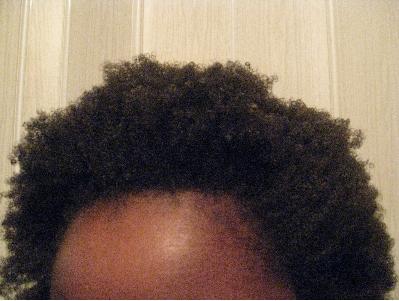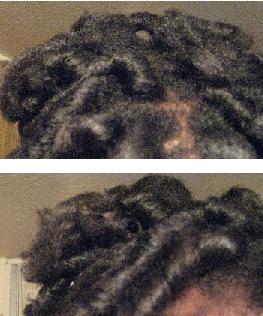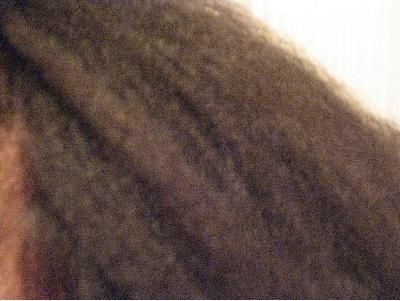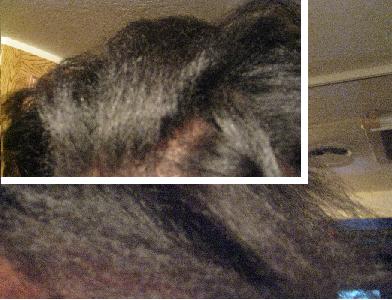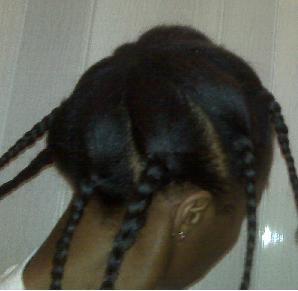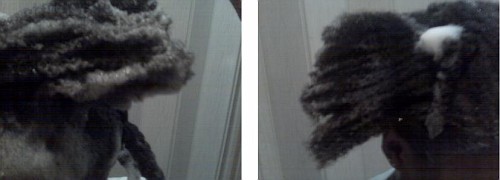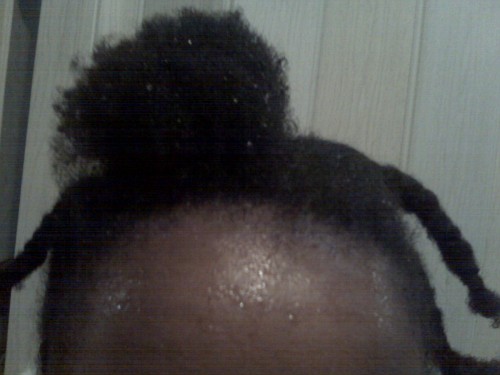Bene
New Member


Bubbles formed within hair as a result of water boiling within the cortex
This, my friends, is called bubble hair. It is caused when the water in the hair boils, and tiny bubbles of steam then form inside the softened hair shaft. The hair is thereby weakened, and may break altogether.
These operate somewhere between 120 and 180 °C, roughly speaking. Water boils at 100 °C. If a hot curling iron is put on to wet hair, it boils the water inside the hair. The boiling water softens the keratin of the cortex; then the steam from the boiling water expands and forms tiny bubbles inside the hair. Eventually the hair breaks off, either at or somewhere near a bubble. And it is always, always associated with the use of heated appliances on damp hair.
Source
So with that being said, have any of you experienced damage from steaming or damp to dry flat ironing? Blow drying is obvious. What about maxiglide?
I hear that water just "evaporates" when you do damp to dry flat ironing but in order for it to just evaporate, the water is BOILED.
Even with the top flatirons in the industry, how can the flatiron use steam or flat iron damp to dry without boiling & damaging the hair? Can someone explain this also?
I stopped flat ironing soaking wet hair because I'd seen this information somewhere else. I'm glad you posted this, I hope at least one other person will learn something
You know what kills me? It's that I knew this stuff, about water boiling at a 100 degrees Celsius, but I must've had the biggest brain farts known to man for not connecting it to hair care.
 I don't care what the flat iron makers claim, it's STILL boiling water inside of the shaft. For that reason alone, I don't flat iron wet hair and I make sure to have some sort of protection for the outside.
I don't care what the flat iron makers claim, it's STILL boiling water inside of the shaft. For that reason alone, I don't flat iron wet hair and I make sure to have some sort of protection for the outside.


 No seriously, is lack of reversion the way to tell if helices are melted? Or is there another way to tell? I'm asking coz I don't know. Anyone?
No seriously, is lack of reversion the way to tell if helices are melted? Or is there another way to tell? I'm asking coz I don't know. Anyone?

 So yes, hence the sleek results, but also the risk of non-reversion is like WOAH!
So yes, hence the sleek results, but also the risk of non-reversion is like WOAH! 
